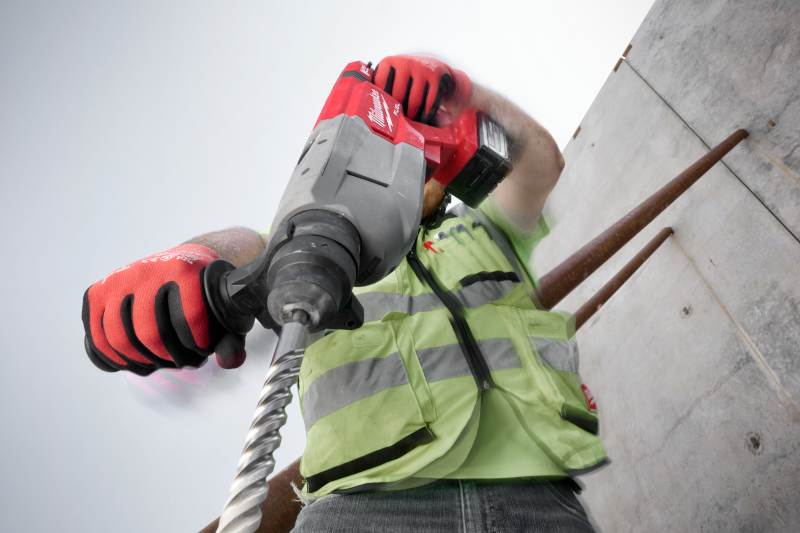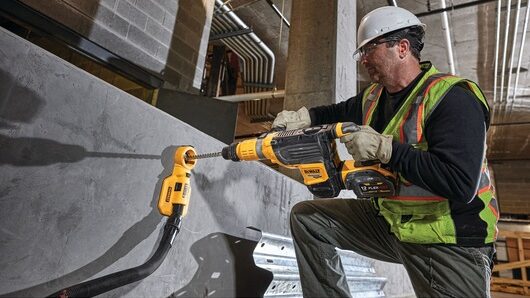“What’s the difference between SDS Plus and SDS Max” might be the most common question we get here at Ohio Power Tool, and for good reason! Shank size, workload, necessary hole diameter, and many other factors play into which drill would be the best option for you. So, we’re here to clear some things up and give you a rundown of the basics.

First thing’s first–what does SDS stand for? Depending on who you ask, it could mean a number of things: Slotted Drive System, Steck Dreh Sitz (which is apparently German for Insert Twist Stay), it could even stand for Some Drilling Stuff, or maybe Stressant Déjeuner Supporteur (this writer took French in high school, and that translates to Stressful Lunch Pal. On second thought, it might not be that one). Whatever the true backronym, most people know SDS to mean one thing: Power.

Now let’s dive into the 2 types. SDS Plus, which some call just plain ol’ SDS, refers to your smaller hammers. With a shank size of 10mm, SDS Plus drills are typically used for jobs that require a bit more finesse. If you don’t need a hole the size of a small planet, or you’re working close to the edge of the project and you don’t want to run the risk of chipping through the exterior, SDS Plus might be for you. Most of the SDS Plus line comes with three separate modes of drilling: standard drill-only mode; hammer drill mode; and chisel mode, which is perfect for homeowners or those with lighter workloads, allowing for greater control and a wider range of applications. That’s not to say these hammers are meant solely for homeowners, however. Plenty of applications on the jobsite require or would at least be assisted by the benefits of a smaller SDS Plus hammer.

SDS Max, on the other hand, has a shank size of 18mm. This beefcake is designed for the toughest jobs–bulky masonry or larger projects. SDS Max hammers can be driven at higher speeds than the Plus line, but most are typically relegated to chiseling mode only. Now, 10mm to 18mm might not seem like a big difference in shank size, and it certainly may not appear so to the naked eye, which is why SDS Plus and SDS Max shanks each have different notches in the design; as referenced by the image below. SDS Plus shanks have four notches, two sharp and two rounder, while SDS Max shanks have an additional notch splitting the top, leading to easier identification.

There are plenty of other factors that may play into the correct decision for you: what style of tip are you looking for, if they should be carbide or not, even the material you’re working with could affect your choice of hammer. Sometimes, you may even be able to get away with just a standard handheld hammer drill! If you’re every not sure, though, we’re always here to help. Feel free to drop us a line by calling us at 614-481-2111 or emailing into sales@ohiopowertool.com if you have any other questions, and be sure to follow us wherever you consume social media to stay up to date on news, announcements, and deals!

